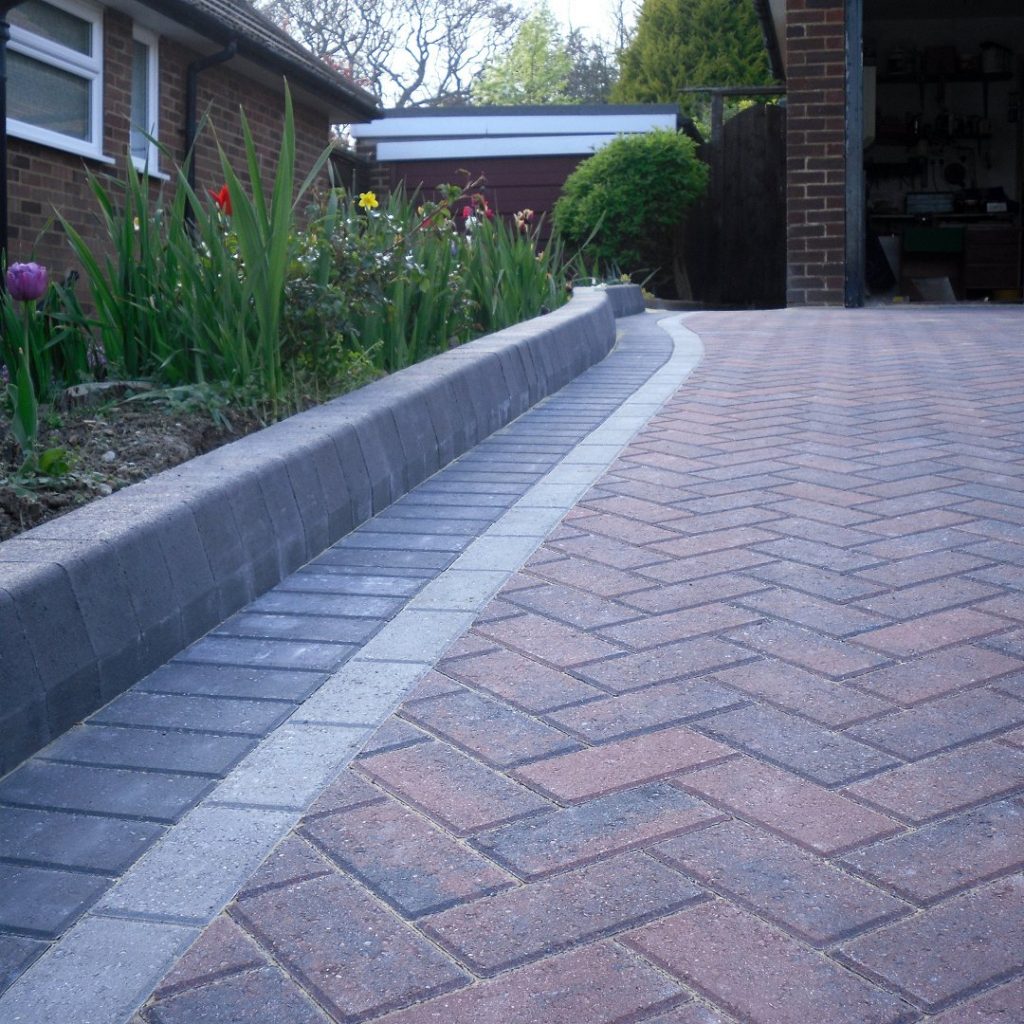Woodworm Identification: Signs of Infestation You Should Know
Woodworms can pose a serious threat to the structural integrity of your home and wooden furnishings. These small pests, which are actually the larvae of various wood-boring beetles, can cause significant damage before you even realize they’re there. Early identification is crucial for effective treatment and prevention. In this article, we’ll explore the signs of woodworm infestation and how to identify them.www.shashel.eu
What Are Woodworms?
“Woodworm” is a general term that refers to the larvae of several species of beetles, including the common furniture beetle, deathwatch beetle, and powderpost beetle. These larvae feed on wood, creating tunnels and weakening the material as they grow. While they thrive in various types of wood, they are particularly attracted to softwoods and untreated timber.
Key Signs of Woodworm Infestation
Identifying a woodworm infestation early can save you from costly repairs. Here are the primary signs to look for:
1. Exit Holes
One of the most telling signs of woodworm activity is the presence of small, round exit holes in the wood. These holes, typically around 1-2 mm in diameter, are created by adult beetles as they emerge from the wood. If you notice multiple holes in a concentrated area, it’s a strong indication of infestation.
2. Fine Dust or Frass
Woodworm larvae create a powdery residue known as frass as they bore through the wood. This fine dust accumulates near the exit holes and can resemble sawdust. If you find this powdery substance, especially in conjunction with exit holes, it’s a clear sign of woodworm activity.
3. Weak or Crumbling Wood
As woodworms consume the wood, it becomes weakened. If you notice areas that feel soft, crumbly, or hollow when tapped, it may indicate significant larval feeding. This is especially concerning in load-bearing structures, where compromised wood can lead to structural failure.
4. Visible Larvae
In some cases, you may be able to spot the woodworm larvae themselves. They are typically creamy-white and can be found inside the wood or near exit holes. If you find larvae, it’s essential to act quickly to address the infestation.
5. Adult Beetles
Occasionally, you may see adult wood-boring beetles. These insects vary in size and color depending on the species but are generally small and can range from brown to black. If you find them flying around or resting on wooden surfaces, it’s a clear indication that an infestation exists.
6. Bubbling or Distorted Finishes
If you notice bubbling, peeling, or distortion in the finish of your wooden furniture or structures, this may be caused by moisture accumulation from woodworm activity. This sign may also indicate that the wood is beginning to deteriorate.
How to Inspect for Woodworm Infestation
To effectively inspect for woodworm, follow these steps:
- Visual Inspection: Check all wooden furniture, beams, and floorboards, especially in damp areas like basements, attics, or near plumbing.
- Look for Holes and Dust: Focus on identifying exit holes and frass accumulation.
- Tap the Wood: Gently tap wooden surfaces with a hammer. Listen for hollow sounds, which can indicate internal damage.
- Use a Magnifying Glass: For a closer look, use a magnifying glass to inspect small holes and signs of larvae.
What to Do If You Suspect an Infestation
If you identify signs of a woodworm infestation, it’s important to take action:
- Assess the Damage: Determine how extensive the infestation is. In mild cases, you may be able to treat it yourself.
- Apply Treatment: Use insecticides specifically designed for woodworms or natural alternatives like boric acid. Follow the instructions carefully for safe and effective application.
- Consult a Professional: For severe infestations or valuable antiques, it’s advisable to seek the help of a pest control expert who can provide targeted treatment and advice.
Conclusion
Identifying woodworm infestations early is essential for minimizing damage to your wooden structures and furnishings. By being vigilant and recognizing the signs—such as exit holes, frass, weakened wood, and visible larvae—you can take proactive steps to protect your home. Regular inspections and timely interventions can help ensure that woodworms remain a minor concern rather than a costly problem. Protect your wooden investments by staying informed and prepared!
